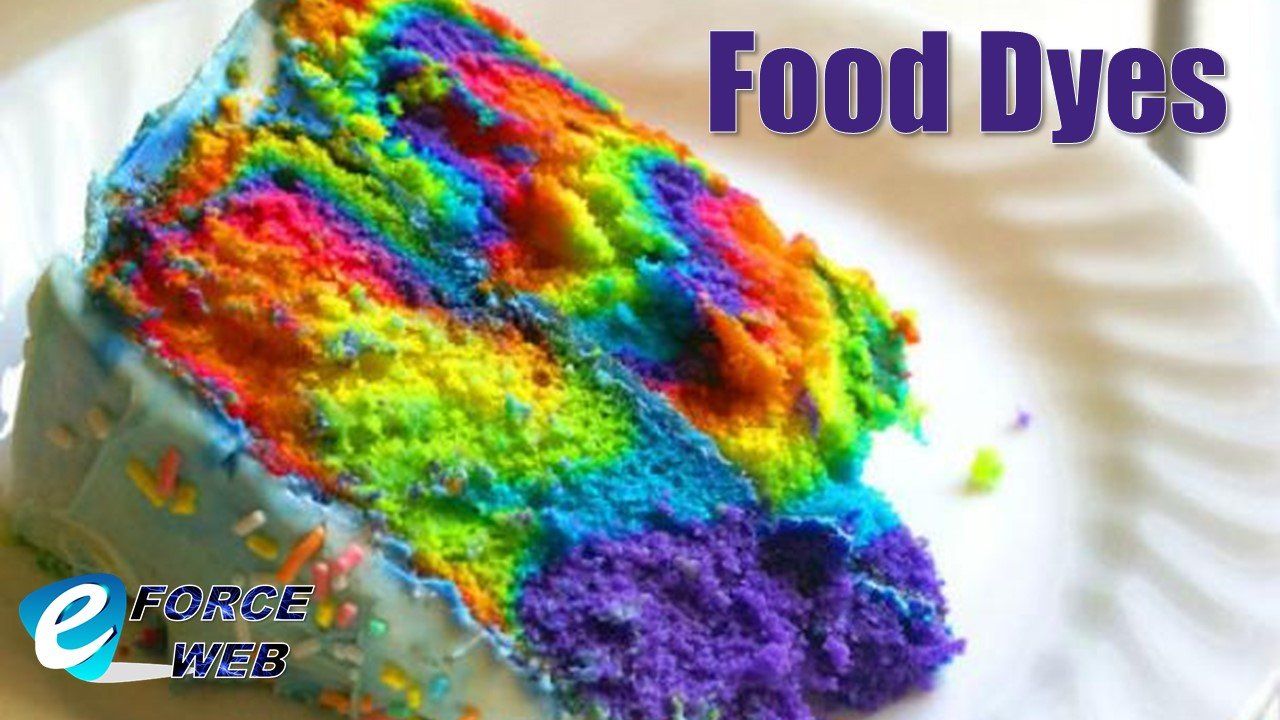What's in the Food Dyes?
Food dyes are hard to get out of carpets, but what is really in them?
We have known and scientists have proven a while ago that food dyes, although a common ingredient in foods, are not good for you. Many artificial food dyes are considered known health hazards, which can increase health risks to humans who consume these dyes in products. The U.S. Food and Drug Administration regulates all food additives, such as food dyes. There are nine synthetic food dyes used most widely today, usually seen in sweet drinks, cereals and candy. These dyes are difficult to remove from carpets as well. The products using these dyes are most frequently marketed to young children in colorful junk foods or breakfast cereal options. These foods dyes are expected in foods to give foods a certain color and consumer appeal. For example, the dyes give blueberry ice cream its blue color, or a lime soda its bright green hue in the can.
Dyes are full ofunnatural chemicals though, and a fruity cereal full of dyes could have fewactual fruits in it, even if the fruit is dried fruit and added to the box. Fooddyes are really chemical colorants that dissolve into water, ethanol, orpropylene glycol, whereas other dyes are used that are dry to color candies orpills. The popular dye called FD&C Blue No. 2 is also referred to as indigoblue or indigotine, which is an artificial dye resembling a naturally occurringcolor that is seen often in plants. For example, the water from boiled purplecabbage can be used to make an all-natural blue dye for foods, although dilutedit does work to turn scrambled eggs a bluish hue. On the other hand, indigotineis a petroleum product, which also has even been linked to possible hyperactivityin children.
The Nestlé-Roundtreecompany is making a new trend to replace chemical blue dye candy shells with anew blue color that is made from spirulina, which is a naturally growing safeto use blue-green algae.
Today, experts disagreeas to the ultimate safety of food dyes made from chemical compounds and notused with naturally found resources to dye foods. Either way the argument goes down– if you get these candies, jellies, flavored sports drinks, cereals, snacks, sodasor colorful candy shells into your carpets, you will definitely need to call inthe professionals. Food dye removal from carpets of any texture or color are difficultto manage on a DIY basis. If you get a food dye stain on your carpets, it istime to talk to the pros, and we are here for you whenever you call!
Food dyes need to behandled with extreme care, and we are here for you to do just that when youhave a food dye stain on your carpets in your residential or commercial property.In the likelihood that you ever spill a colored drink or get food dye on yourcarpets, don’t panic. Also, don’t try to get the stain up yourself, as you canrun the risk of setting the stain into the carpets even more. Just call us andwe will give you the peace of mind that you deserve. We are here for you andcan remove food dye stains from carpets quickly. Call us anytime!
References
Potera, C. (2010). Diet andnutrition: The artificial food dye blues. Environ Health Perspective, 118 (10).Doi: 10.1289/ehp.118-a428.


